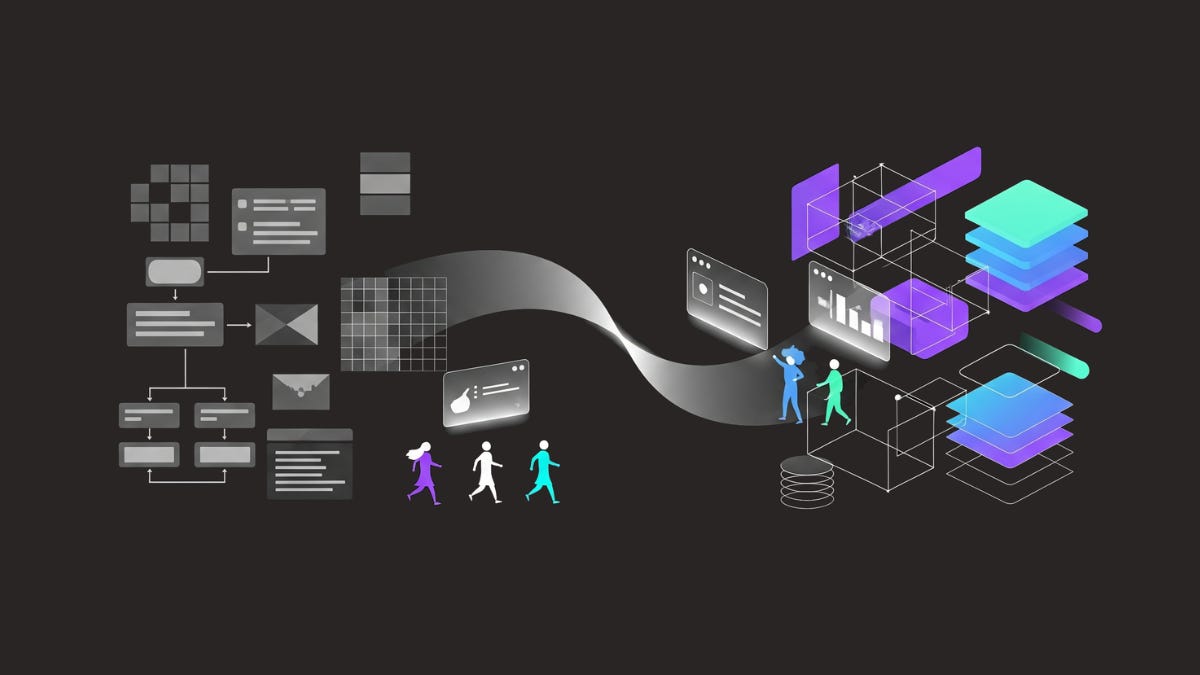The New Fabric Of Work.
Exploring how AI is reshaping work—from thinking and doing to creating and building.
Work. Ubiquitous, evolving—and now, radically redefined by Artificial Intelligence. The way we think about thinking and doing is about to change.
Traditionally, “work” has been divided into two categories: thinking and doing. You were either a “thinker,” shaping ideas and strategies—or a "doer", focused on making things happen. On getting think done. White collars. Blue collars.
But with the rise of AI tools, thinking and doing are giving way to something new: creating and building.
This is not just semantics—it signals a profound shift in how we approach collaboration, execution, and value creation. Let me explain.
Across many organisations, there is still a significant execution gap between the boardroom and the factory floor. Thinkers of all kinds—strategists, evangelists, vendors—lay out compelling visions. Yet meet decision makers months later, and you may see long faces. Not much has changed.
Why? Internal pushback? Possibly. Silos between thinkers and doers? Likely.
If your organisation is not wired for dynamic thinking-to-doing transitions, status quo will always win when there is room for interpretation. AI, done intelligently and in the right places, can make execution more tangible, more real—and even routine. After all, change is the only constant, as they say.
In a future closer than we…think, thinkers and doers will have their strengths complemented and amplified by AI:
A product designer will simulate revenue impact from a product tweak without even launching the product.
Airline dispatchers and pilots will adjust flight paths in real time based on safety, carbon emissions, and airport delays.
Thinkers will evolve into creators, able to prototype their ideas, give them form, and measure their impact almost instantly. Doers will become builders, able to see and shape the consequences of their actions in real time.
Execution will no longer be synonymous with unknowns or failure. Instead, it will stand for a controlled, testable form of innovation—a forward motion for teams, organisations, and industries.
Naively, perhaps, I believe AI will help bridge the long-standing gap between theory and practice. It will not replace people—it will redefine their role. And maybe, just maybe, bring them closer together.
The most important shift?
Leaders may no longer ask: “Should we do it?”. They will ask: “Are we doing it right?”. A more fundamental question—one that only creators and builders can truly answer, together.
How about you? Are you still stuck between thinking and doing—or already creating and building?


